Table of Contents
The Cu Chi Tunnels information are an incredible feat of engineering and a significant part of Vietnam’s history. These underground tunnels, located in Cu Chi District, northwest of Ho Chi Minh City, were used by the Viet Cong during the Vietnam War as a base for operations, a hiding place, and a transportation route. The construction of the Cu Chi Tunnels began in the early 1940s and played a crucial role in the war. In this article, we will delve into the history, purpose, design, and impact of the Cu Chi Tunnels, as well as their current state and controversies surrounding them.
History of the Cu Chi Tunnels
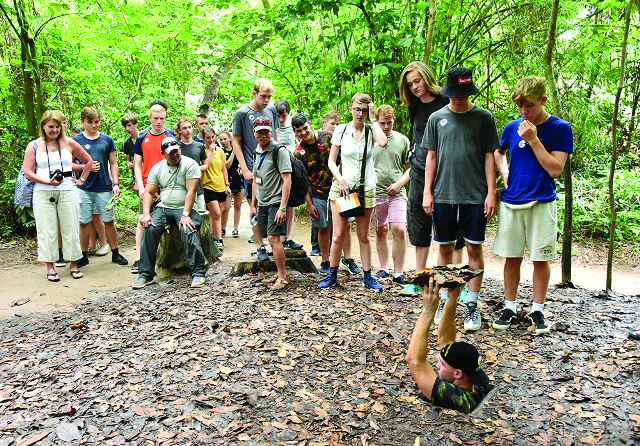
The Cu Chi Tunnels information have a long and complex history, dating back to the early 1940s when the Viet Minh, the communist-led resistance movement against French colonial rule, began digging tunnels and fortifications in the Cu Chi area. These initial tunnels were used for storage and living quarters, but as the war escalated, they were expanded and developed into a complex underground network.
During the Vietnam War, the Cu Chi Tunnels played a crucial role in the Viet Cong’s military strategy. The tunnels served as a base for guerrilla warfare, providing shelter, communication, and supply routes. The tunnels allowed the Viet Cong to move troops and supplies undetected, launch surprise attacks on enemy positions, and escape from enemy counterattacks.
The Role of the Cu Chi Tunnels in the Vietnam War
The Vietnam War, also known as the Second Indochina War, was a conflict between North Vietnam (supported by the Soviet Union and China) and South Vietnam (supported by the United States and other anti-communist allies). The war lasted from 1955 to 1975 and resulted in millions of deaths and injuries on both sides.
The Cu Chi Tunnels played a significant role in the war, particularly during the Tet Offensive in 1968. The Viet Cong used the tunnels to launch surprise attacks on U.S. and South Vietnamese forces, causing chaos and confusion. The tunnels also served as a hiding place for the Viet Cong, allowing them to evade capture and continue their operations.
The Cu Chi Tunnels were also crucial in the supply chain of the Viet Cong. The tunnels provided a safe route for supplies to be transported from North Vietnam to the south, bypassing heavily guarded roads and waterways. This allowed the Viet Cong to maintain their strength and continue fighting despite facing superior firepower from the U.S. military.
Location and Layout of the Cu Chi Tunnels information
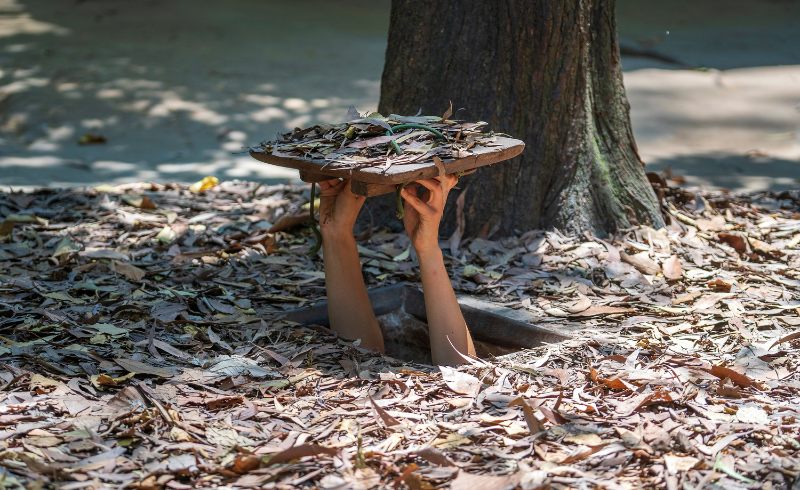
The Cu Chi Tunnels cover an area of over 250 square kilometers (97 square miles) and extend over three levels, with some sections reaching up to 12 meters (39 feet) below the surface. The tunnels are located in the Cu Chi District, which is about 70 kilometers (43 miles) northwest of Ho Chi Minh City (formerly known as Saigon).
The tunnels were strategically located near the Ho Chi Minh Trail, a network of roads and paths that connected North Vietnam to South Vietnam through Laos and Cambodia. This location allowed the Viet Cong to easily transport supplies and troops to the south.
Layout and Design of the Cu Chi Tunnels
The Cu Chi Tunnels information were designed and constructed by the Viet Cong using simple tools such as hoes, shovels, and pickaxes. The tunnels were dug by hand, making use of the red clay soil found in the area. The tunnels were narrow and cramped, with a height of only about 1 meter (3 feet) and a width of 0.6 meters (2 feet). Despite their small size, the tunnels were well-ventilated and had multiple entrances and exits to prevent suffocation and to confuse the enemy.
The tunnels were divided into different sections, including living quarters, storage areas, hospitals, and command centers. Some sections were also booby-trapped with various traps and obstacles to deter and harm enemy soldiers.
Purpose and Importance of the Cu Chi Tunnels

The Cu Chi Tunnels served multiple purposes during the Vietnam War, making them a vital part of the Viet Cong’s military strategy. The tunnels were used as a base for operations, providing shelter and protection for the Viet Cong fighters. They also served as a hiding place, allowing the Viet Cong to evade capture and continue their operations.
The tunnels were also used as a transportation route, enabling the Viet Cong to move troops and supplies undetected. This allowed them to launch surprise attacks on enemy positions and escape from counterattacks. The tunnels also played a crucial role in the supply chain of the Viet Cong, providing a safe route for supplies to be transported from North Vietnam to the south.
Construction and Design of the Cu Chi Tunnels
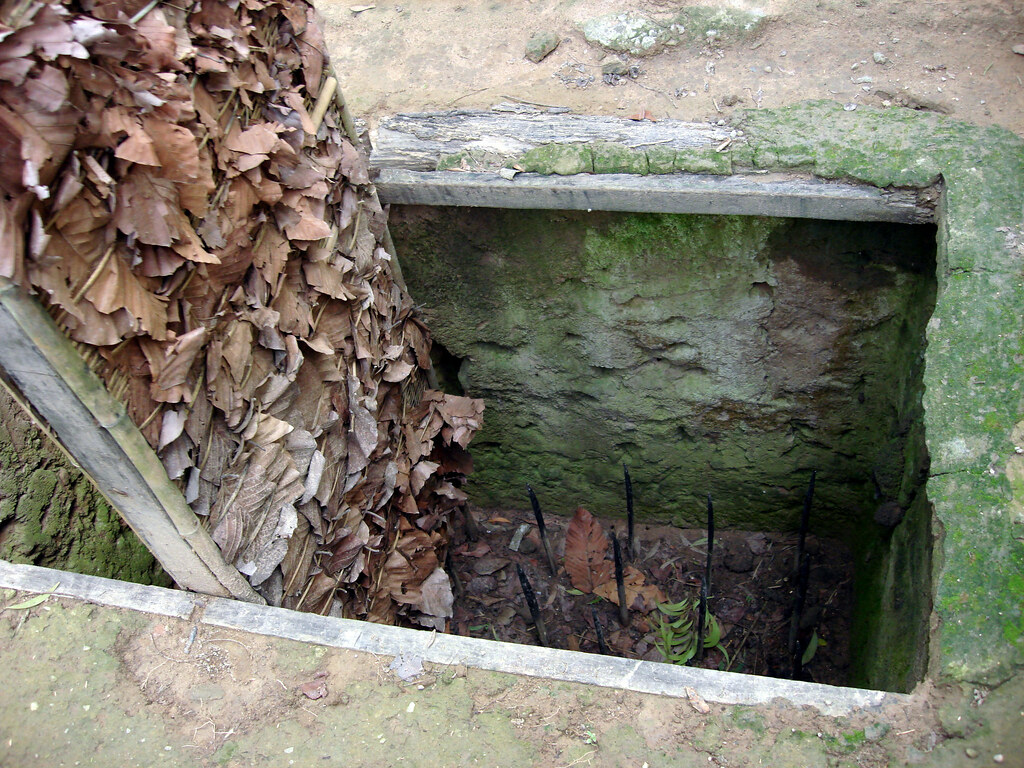
The construction of the Cu Chi Tunnels was a massive undertaking that required extensive planning and organization. The tunnels were dug by hand, using simple tools and techniques. The Viet Cong would work at night to avoid detection and would use bamboo pipes to muffle the sound of digging.
The tunnels were designed to be narrow and cramped, making it difficult for enemy soldiers to navigate through them. They were also well-ventilated, with multiple entrances and exits to prevent suffocation and to confuse the enemy. The tunnels were also equipped with various traps and obstacles to deter and harm enemy soldiers.
The construction of the Cu Chi Tunnels information was a dangerous and challenging task, with many Viet Cong fighters losing their lives in the process. However, their determination and perseverance resulted in an elaborate network of tunnels that played a significant role in the Vietnam War.
Life in the Cu Chi Tunnels during the Vietnam War
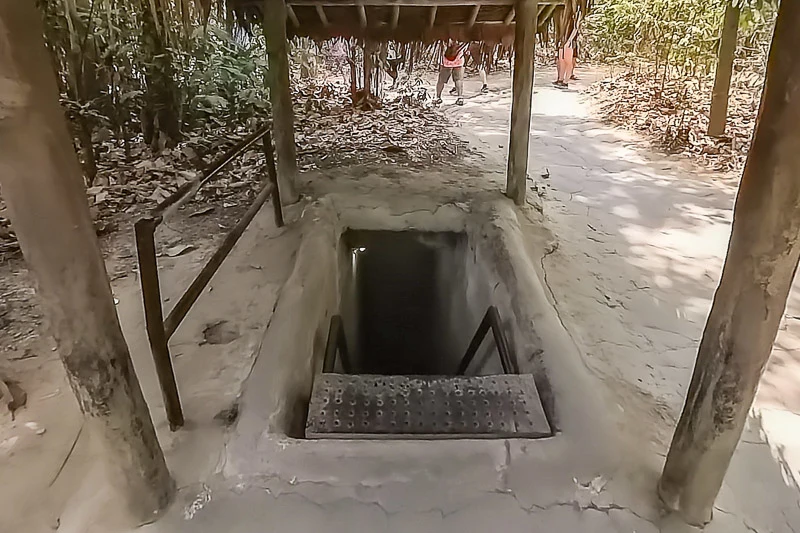
Life in the Cu Chi Tunnels was harsh and challenging, with the Viet Cong fighters facing numerous difficulties and dangers. The tunnels were narrow and cramped, making it difficult for the fighters to move around and perform daily tasks. The lack of natural light and ventilation also made it challenging to live and work in the tunnels.
Despite these challenges, the Viet Cong fighters adapted to their underground lifestyle and developed various techniques to survive. They would use bamboo shoots to create makeshift air vents, and they also had a system of communication using different sounds and signals. The fighters also had to be constantly on guard for enemy attacks and booby traps within the tunnels.
The living conditions in the tunnels were also basic, with limited food and water supplies. The Viet Cong fighters would eat mainly rice and vegetables, and they had to be careful not to make too much noise while cooking to avoid detection by the enemy.
Tactics and Strategies used in the Cu Chi Tunnels information

The Cu Chi Tunnels were an essential part of the Viet Cong’s military strategy, and they employed various tactics and strategies to utilize them effectively. One of the most crucial tactics was surprise attacks on enemy positions. The Viet Cong would launch sudden and unexpected attacks from the tunnels, causing chaos and confusion among the enemy forces.
The tunnels were also used for infiltration and sabotage missions. The Viet Cong would use the tunnels to sneak into enemy bases and destroy equipment and supplies. They also used the tunnels to plant booby traps and landmines, which were highly effective in slowing down and injuring enemy soldiers.
Another tactic used by the Viet Cong was the “shoot and scoot” technique. This involved firing at U.S. and South Vietnamese troops from the tunnels and then quickly retreating before they could retaliate. This tactic allowed the Viet Cong to inflict damage on the enemy while minimizing their own casualties.
Impact of the Cu Chi Tunnels on the Vietnam War
The Cu Chi Tunnels information had a significant impact on the outcome of the Vietnam War. The tunnels allowed the Viet Cong to maintain their strength and continue fighting despite facing superior firepower from the U.S. military. The tunnels also played a crucial role in the supply chain of the Viet Cong, providing a safe route for supplies to be transported from North Vietnam to the south.
The Cu Chi Tunnels were also a source of frustration and confusion for the U.S. military. Despite numerous attempts to locate and destroy the tunnels, they were never able to completely eliminate them. This resulted in the U.S. military shifting their focus to other areas, allowing the Viet Cong to continue their operations in the Cu Chi area.
Tourism and Visiting the Cu Chi Tunnels Today
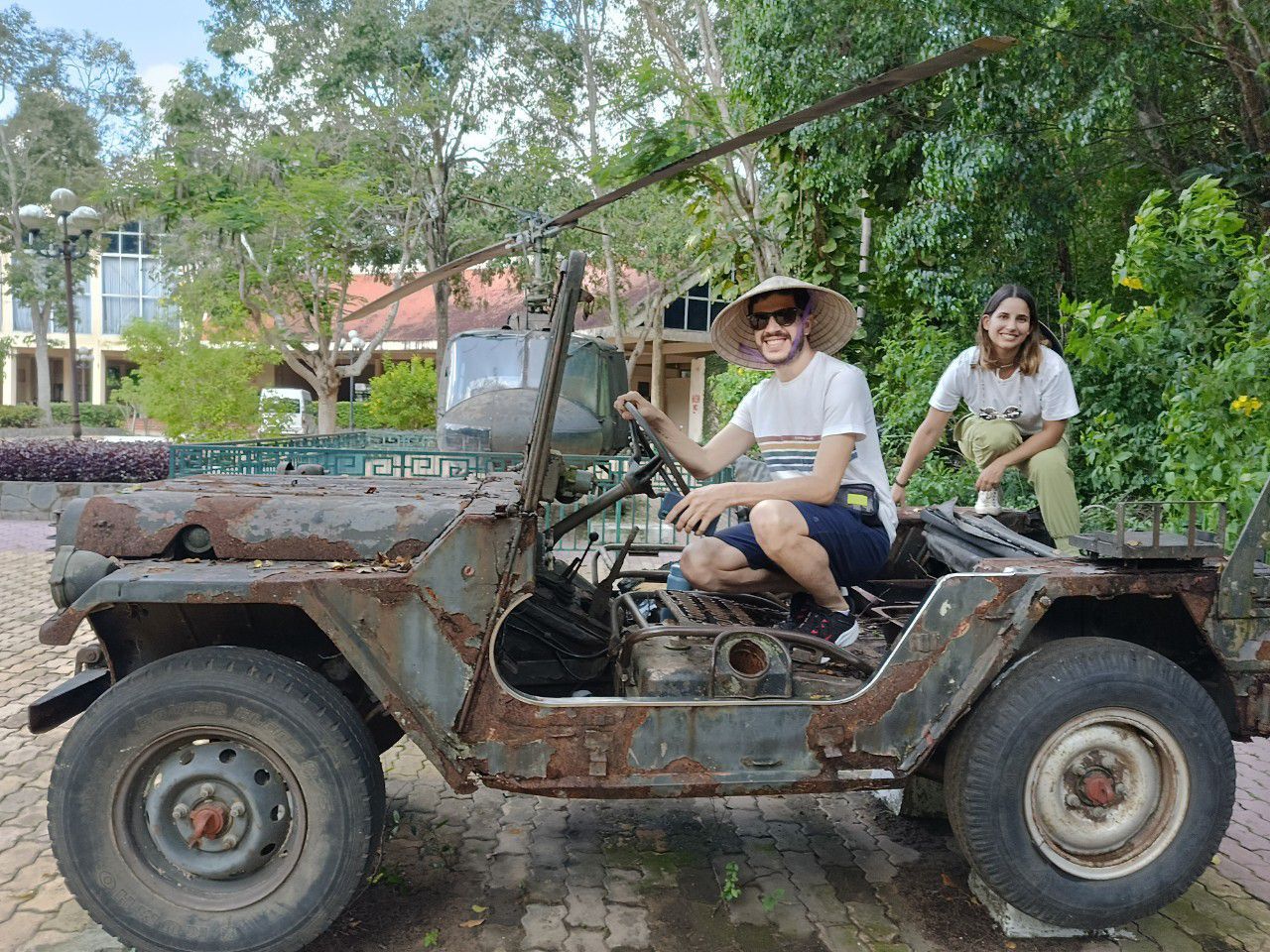
Today, the Cu Chi Tunnels are a popular tourist attraction, with thousands of visitors each year. The tunnels have been preserved and turned into a museum, allowing visitors to experience a small part of what life was like for the Viet Cong fighters during the war.
Visitors can explore a section of the tunnels, which has been widened and reinforced for safety. They can also see various traps and obstacles used by the Viet Cong and learn about the history and significance of the tunnels. There is also a shooting range where visitors can try their hand at firing weapons used during the war.
Preservation and Maintenance of the Cu Chi Tunnels
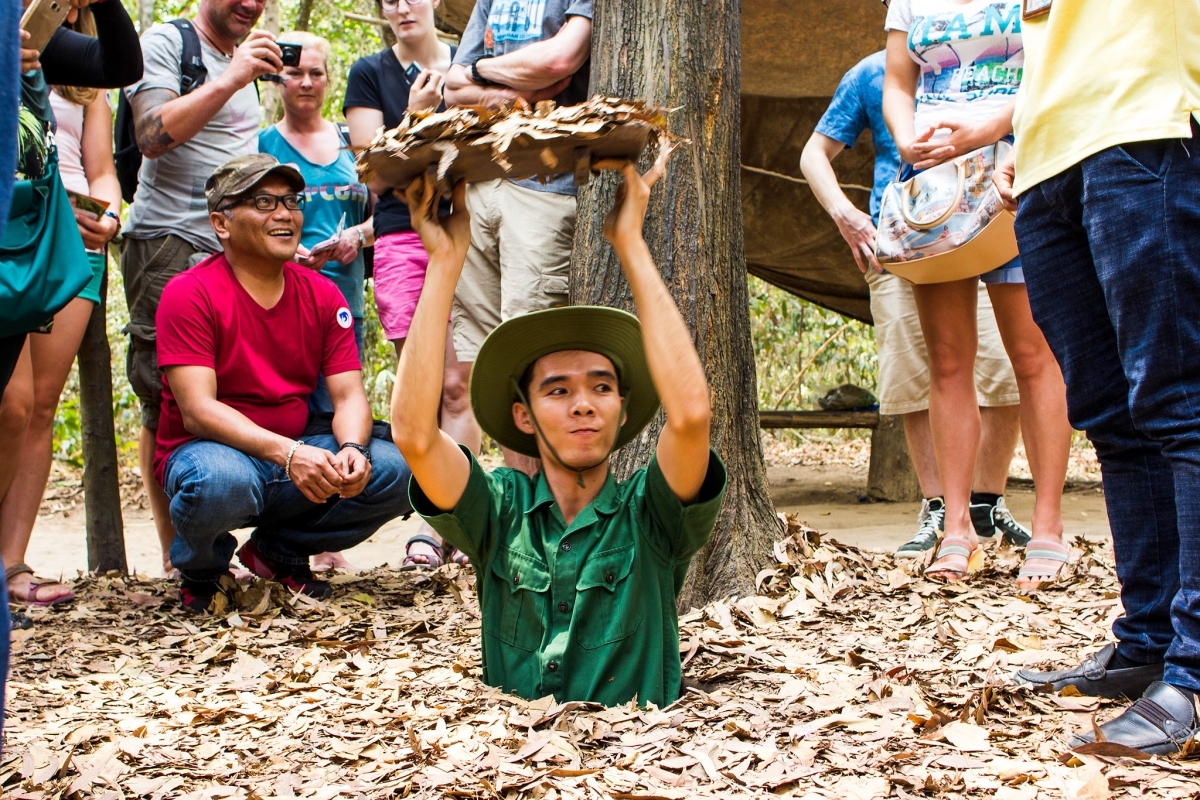
Preserving and maintaining the Cu Chi Tunnels is an ongoing effort by the Vietnamese government. The tunnels are a vital part of the country’s history and serve as a reminder of the resilience and determination of the Vietnamese people during the war.
The tunnels are regularly inspected and reinforced to ensure the safety of visitors. The surrounding area is also maintained to preserve the natural landscape and prevent erosion. The Vietnamese government also conducts educational programs to raise awareness about the importance of the tunnels and their role in the war.
Controversy and Criticism surrounding the Cu Chi Tunnels

While the Cu Chi Tunnels are a popular tourist attraction, they have also faced criticism and controversy. Some critics argue that the tunnels have been commercialized and turned into a “Disneyland” version of the war, with little regard for the suffering and sacrifices of those who lived and fought in them.
There have also been concerns about the safety of visitors, as the tunnels have been widened and reinforced for tourism purposes. Some argue that this takes away from the authenticity and historical significance of the tunnels.
Conclusion

The Cu Chi Tunnels information are a remarkable piece of history that played a crucial role in the Vietnam War. They serve as a testament to the resilience and determination of the Vietnamese people during a difficult and tumultuous time. Today, the tunnels continue to attract visitors from all over the world, providing a glimpse into the past and honoring the sacrifices made by those who lived and fought in them.